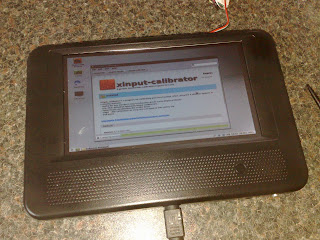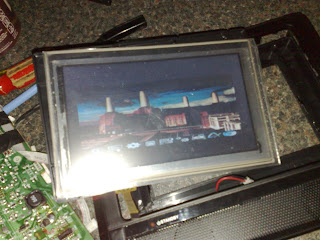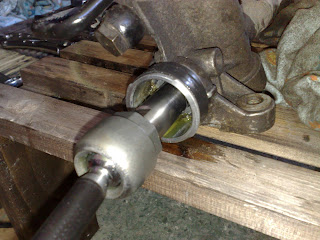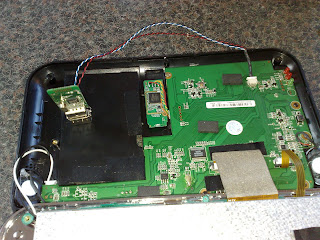Homebrew 7" Touch Screen

(Touch monitor under test using Linux Mint) I've posted a short set of photos of the LCD monitor conversion so far. http://www.flickr.com/photos/glennwalsh/sets/72157628590966293/ The monitor is one of a pair purchased on eBay for £15 (s0 say £8 per monitor) and the touch panel cost £14 again from an eBay store in the far east. Total cost is under £30 and a lot of fun in the research and modification. The monitor is not VGA, but the picture is remarkably sharp and with big icons (such as Linpus or Tiny Core at 400 x 300 or something) this would be ideal as an in-vehicle dash control panel. I've just ordered some panels (just the panels for now) for under £5 a panel. Now the electronics are the more expensive part, but I'm about to start looking at reading these resistive panels directly from a micro controller using A/D conversion. More on that in the New Year.




















